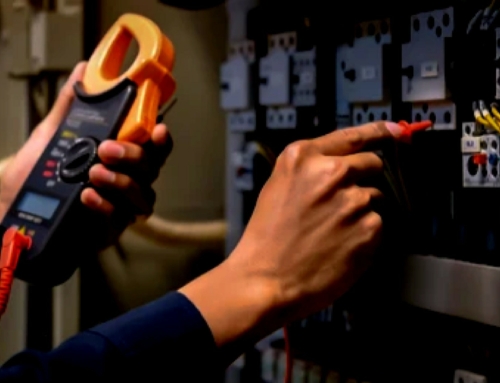Success in field service management boils down to meeting five key objectives.
You must have the right person at the right place at the right time equipped with the right tools, parts and correct information.
When one of those elements is missing, the customer is likely to have a disappointing experience which costs everyone time and money.
Streamlining field service management is about much more than taking traditional paper-based systems and throwing an electronic veneer over them. An optimised field service management process considers the needs of the customer and uses the available tools and technologies to deliver a streamlined service that satisfies them while ensuring technicians are safe and productive.
Knowledge is power
When a customer contacts you requesting a service it’s important to have access to their entire history in one place. That means ensuring your customer relationship system and field service management solution work together. In many contact centres, the most worn-out keys on keyboards are the ALT and TAB keys as they are used to quickly switch between different applications. Those switches take time and, in many cases, are used as information is copy/pasted between customers and field service management systems.
Integrating your systems, by choosing platforms that are made to work together, ensures that the first step in field service management – the customer contact – is as smooth as possible. It ensures data is only stored in one place and eliminates errors created by information being copied between systems.
As well as basic information such as names and locations, it’s important to know about customer assets (which may require integration with an asset management tool) as well as service level agreements and site information, so the job is allocated to the right person.
Mobility + Connectivity = Flexibility
There’s solid research that suggests equipping field service teams with mobile devices boosts productivity. But a truly optimised process leverages their full capability.
For example, if a call comes in from a client experiencing a significant issue that requires prompt attention, the operator can not only collect data about the issue but track the location of all available technicians, the skills and tools they have, and quickly alert them that an urgent job has been allocated.
In that instance, a full suite of mobile capabilities ranging from location services to always-on communications and urgent notifications can be used to ensure the customer is served as quickly as possible with the right person at the right time with the right tools.
Customer focus is the key
When you’re in contact with a customer they want prompt service that resolves their issue in the fastest possible time. Whether they contact you to solve a problem over the phone, email or online chat, or you initiate the call to schedule a maintenance visit, an optimised process ensures their satisfaction and maximum productivity and safety for your field service team.
At each step in the field service management process ask yourself these five questions:
- Do you have the right person?
- Will they be at the right place?
- Will they be there at the right time
- Do they have the right tools including PPE and other essential item including parts?
- Do they have all the required data such as the service history, technical manuals, service level agreements and contact information easily accessible?
If you can answer those five questions positively at each stage of the field service management process, you’ll have gone a long way to streamlining your operations and delivering the best possible customer outcomes.





